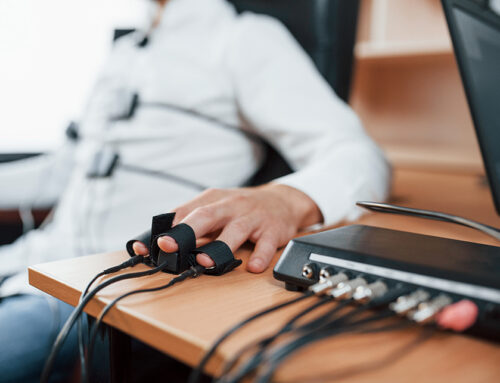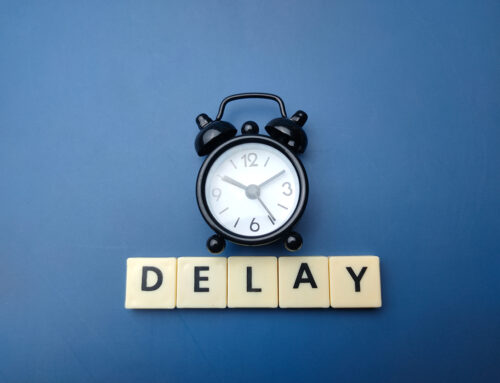 Adopt a disciplined approach to avoid costly decisions and ensure stability
Adopt a disciplined approach to avoid costly decisions and ensure stability
In today’s unpredictable world, having an emergency fund is not just a financial recommendation – it’s a necessity. The reality of unexpected expenses, whether they come from a medical emergency, sudden unemployment, or urgent home repairs, can create significant financial stress.
An emergency fund acts as a financial safety net, empowering you to manage these unforeseen costs without resorting to high-interest debt options like credit cards or loans.
Building an emergency fund requires a systematic approach, and here’s how you can do it in five practical steps:
1. Decide How Much to Save
The first step in creating an emergency fund is to determine the amount you need to save. A common guideline is to have enough to cover three to six months of living expenses. This figure should include rent, utilities, groceries, and any other regular expenses that would need to be paid even during a period of financial distress. To personalize your fund, consider your job security, the stability of your income, and any dependents who rely on your earnings.
2. Set Your Savings Target
Once you know how much you need to save, the next step is to set a realistic timeline for achieving this goal. Start by reviewing your budget to see how much you can comfortably set aside each month without compromising your daily financial health.
For some, this might be a modest amount, while others might be able to save more aggressively. The key is consistency; even small amounts can grow significantly over time due to the power of compound interest.
3. Choose Where to Keep Your Fund
The ideal location for your emergency fund is somewhere accessible but not too easily spent. High-yield savings accounts are a popular choice because they offer higher interest rates than regular savings accounts, helping your fund grow faster. These accounts also provide liquidity, allowing you to withdraw funds quickly and without penalties in case of an emergency.
4. Open Your Account
With a clear idea of where to keep your emergency fund, the next step is to open an account. Look for banks that offer competitive interest rates and low fees. Online banks often provide higher yields than traditional brick-and-mortar banks. Ensure that any account you choose is insured by the Federal Deposit Insurance Corporation (FDIC) or the National Credit Union Administration (NCUA) for added security.
5. Know When to Use the Fund
Finally, establish clear guidelines for when to use your emergency fund. It should only be used for true emergencies, such as unexpected medical expenses, crucial home repairs, or during a job loss – not for planned expenses or discretionary spending. After an emergency, focus on rebuilding the fund as soon as your financial situation stabilizes.
Financial Planning Matters
Building and maintaining an emergency fund is a fundamental aspect of sound financial planning. It provides not just financial security, but also peace of mind, knowing that you are prepared for life’s unexpected events. Start small, be consistent, and watch your safety net grow.
This disciplined approach will help you avoid costly financial decisions and ensure stability in turbulent times.
Source: Copyright © 2024 FMeX. All rights reserved. Distributed by Financial Media Exchange.























 Megan Jones joined the ILG Financial team in 2020 as marketing director. Megan and her husband live in Fredericksburg, VA with their German Short Haired Pointer, Gus. Megan is a graduate of Longwood University and holds a degree in communications. Megan is the oldest of Dave Lopez’s three children and not only enjoys working alongside her father, but also with her cousin, Chase, who joined the ILG Financial team in 2020 as an advisor. Megan is also a fully licensed Life, Health, and Annuity agent. When not at work, Megan enjoys sitting on the back porch with family and friends enjoying food and music.
Megan Jones joined the ILG Financial team in 2020 as marketing director. Megan and her husband live in Fredericksburg, VA with their German Short Haired Pointer, Gus. Megan is a graduate of Longwood University and holds a degree in communications. Megan is the oldest of Dave Lopez’s three children and not only enjoys working alongside her father, but also with her cousin, Chase, who joined the ILG Financial team in 2020 as an advisor. Megan is also a fully licensed Life, Health, and Annuity agent. When not at work, Megan enjoys sitting on the back porch with family and friends enjoying food and music. Chase Lopez joined the ILG Financial team in 2020 as an advisor. Chase is a 2016 James Madison University graduate with a degree in management. Chase has been trained under the tutelage of Dave Lopez, who is not only the founder and managing member of ILG Financial, but also is Chase’s uncle and godfather. He also enjoys working alongside his cousin, Megan, who is Dave’s daughter.
Chase Lopez joined the ILG Financial team in 2020 as an advisor. Chase is a 2016 James Madison University graduate with a degree in management. Chase has been trained under the tutelage of Dave Lopez, who is not only the founder and managing member of ILG Financial, but also is Chase’s uncle and godfather. He also enjoys working alongside his cousin, Megan, who is Dave’s daughter. Amy Anderson joined the ILG Financial team in 2023 as the client relations coordinator. Her responsibilities include scheduling of appointments, annual check-up notifications, and annuity and required minimum distribution assistance. She is a graduate of Harding University with a degree in Computer Information Systems. Amy and her husband have two children and she enjoys reading, crocheting, music and spending time with her family.
Amy Anderson joined the ILG Financial team in 2023 as the client relations coordinator. Her responsibilities include scheduling of appointments, annual check-up notifications, and annuity and required minimum distribution assistance. She is a graduate of Harding University with a degree in Computer Information Systems. Amy and her husband have two children and she enjoys reading, crocheting, music and spending time with her family. Jessica Carson joined the ILG Financial team in 2018 as an agent. Jessica and her husband have four children, two dogs, 3 barn cats, 5 chickens, and three parakeets. She indeed loves her children and pets! When not at work, Jessica enjoys playing the piano and cello as well as traveling and spending time outside with her family, hiking, fishing, and boating.
Jessica Carson joined the ILG Financial team in 2018 as an agent. Jessica and her husband have four children, two dogs, 3 barn cats, 5 chickens, and three parakeets. She indeed loves her children and pets! When not at work, Jessica enjoys playing the piano and cello as well as traveling and spending time outside with her family, hiking, fishing, and boating. Terri Center joined the ILG Financial team in 2019 as client services manager. She handles client records, application processing, and gathering information to provide a professional and friendly experience with all of our clients. Terri is a graduate of Oakland University. She is married and has two children. She enjoys hiking, family time, and puzzle challenging video games. She also likes to share her creativity in her canvas paintings and sewing projects.
Terri Center joined the ILG Financial team in 2019 as client services manager. She handles client records, application processing, and gathering information to provide a professional and friendly experience with all of our clients. Terri is a graduate of Oakland University. She is married and has two children. She enjoys hiking, family time, and puzzle challenging video games. She also likes to share her creativity in her canvas paintings and sewing projects.